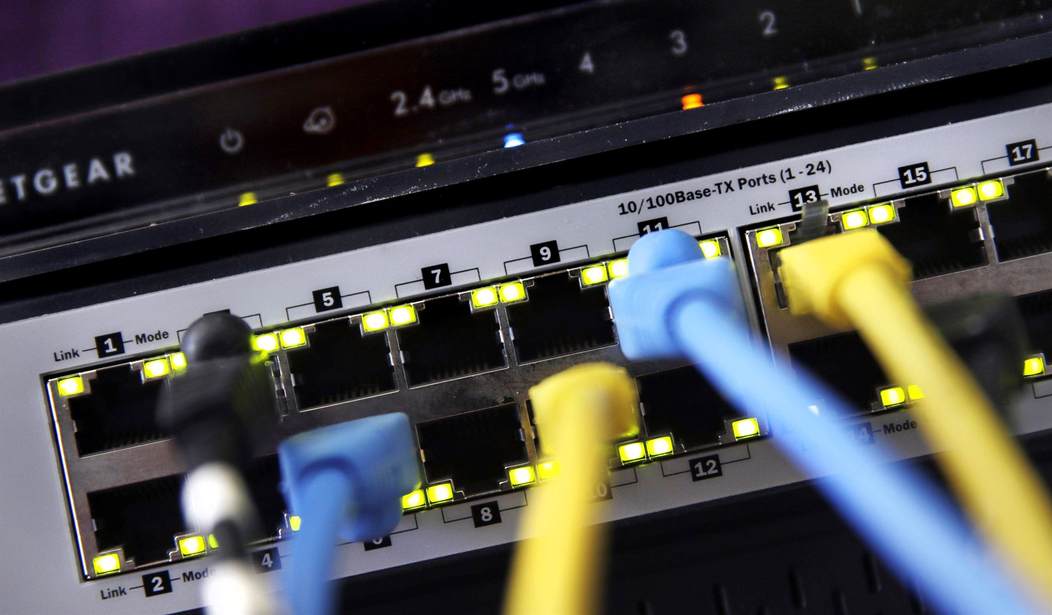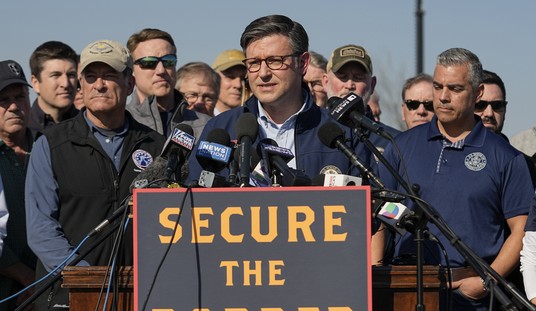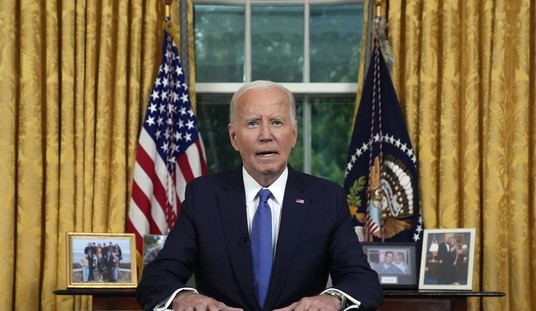In January, the Office of the Director of National Intelligence published two complementary documents: "National Intelligence Strategy 2019" and "The Worldwide Threat Assessment of the U.S. Intelligence Community." The second report was based on DNI Daniel Coats testimony before the Senate Select Committee on Intelligence.
The Strategy report had succinct summaries of challenges America faces. For example, U.S. "adversaries pose challenges within traditional, non-traditional, hybrid, and asymmetric military, economic, and political spheres." Let's translate the jargon. Traditional indicates conflict involving land, sea and air space and resources. Nontraditional means cyber. Hybrid and asymmetric indicate adversary operations integrating all of the elements of power in unexpected ways. Diplomatic, Information, Military and Economic power form DIME power.
The Strategy report also noted rapid advances in technology "pose new and evolving threats -- particularly in the realm of space, cyberspace, computing, and other emerging, disruptive technologies." Moreover some tech advances will give weaker adversaries "sophisticated capabilities."
That point isn't new but serves as a reminder that on 9/11 al-Qaida turned jumbo jets into ICBMs.
The Threat document repeated the importance of "narratives" in Chinese and Russian strategy. This isn't new either, but the speed and pervasiveness of digital information technologies enhance the power of propaganda.
The Threat report also served as a reminder -- albeit it indirectly -- that geographical interests remain critical strategic considerations.
For example, the section on Iranian "Military Modernization and Behavior" led to a discussion of Iran's desire to "disrupt (sea and air) traffic through the Strait of Hormuz." Closing Hormuz requires new missiles, robot ships, naval mines and advanced torpedoes. The Iranian dictatorship plays the same dangerous "chokepoint" game when its Yemen Houthi rebel proxies attack ships passing the Bab el Mandeb strait, which connects the Indian Ocean to the Red Sea and then the Suez Canal.
Recommended
Hormuz, Mandeb and the Suez Canal are classic geographic maritime chokepoints through which freighters and tankers must pass to move goods and oil from Producer A to Customer B.
Slightly less than a third of the world's daily oil exports transit the Strait of Hormuz aboard super tankers. Iran ritually threatens to close the waterway. When it does, crude prices spike and economies sputter, though less so thanks to U.S. fracking.
Here's a working definition of a chokepoint: a geographic feature or place through or around which a ship or plane or vehicle or person is forced to pass in order to reach another location. In a western, when the sheriff's posse cuts off outlaws "at the pass," the pass is a chokepoint physically constricting the bad guys' escape.
Chokepoints matter, economically and militarily. Most of the world's trade passes through nine maritime chokepoints: Hormuz, Malacca Straits, Mandeb, Suez, Gibraltar, Cape Horn, Cape of Good Hope, Panama Canal and the Turkish Straits. The Danish Straits also matter -- especially to Russia.
Everyone using a computer knows internet data can be disrupted. The cyberspace "domain" has features analogous to geographic features. The 21st-century's best-known cyber superhighway is the internet.
However, the internet has maritime chokepoints. In 2010, Jeremy Blackham and Gwyn Prins wrote that over 90 percent of global email traffic was "conveyed via undersea fiber-optic cables. These cables bunch in several critical sea areas (off New York ... the English Channel, the South China Sea ... and off the west coast of Japan)."
Maps from 2018 record more undersea cables, but their routes differ little from 2010. One trade organization estimated they handle over 95 percent of all intercontinental data.
Satellites offer an alternative data route, but they are vulnerable, too. The DNI's "Threat" report mentioned Chinese and Russian antisatellite weapons that can target spy and communication satellites.
Is near space geographic? It is a place.

























Join the conversation as a VIP Member